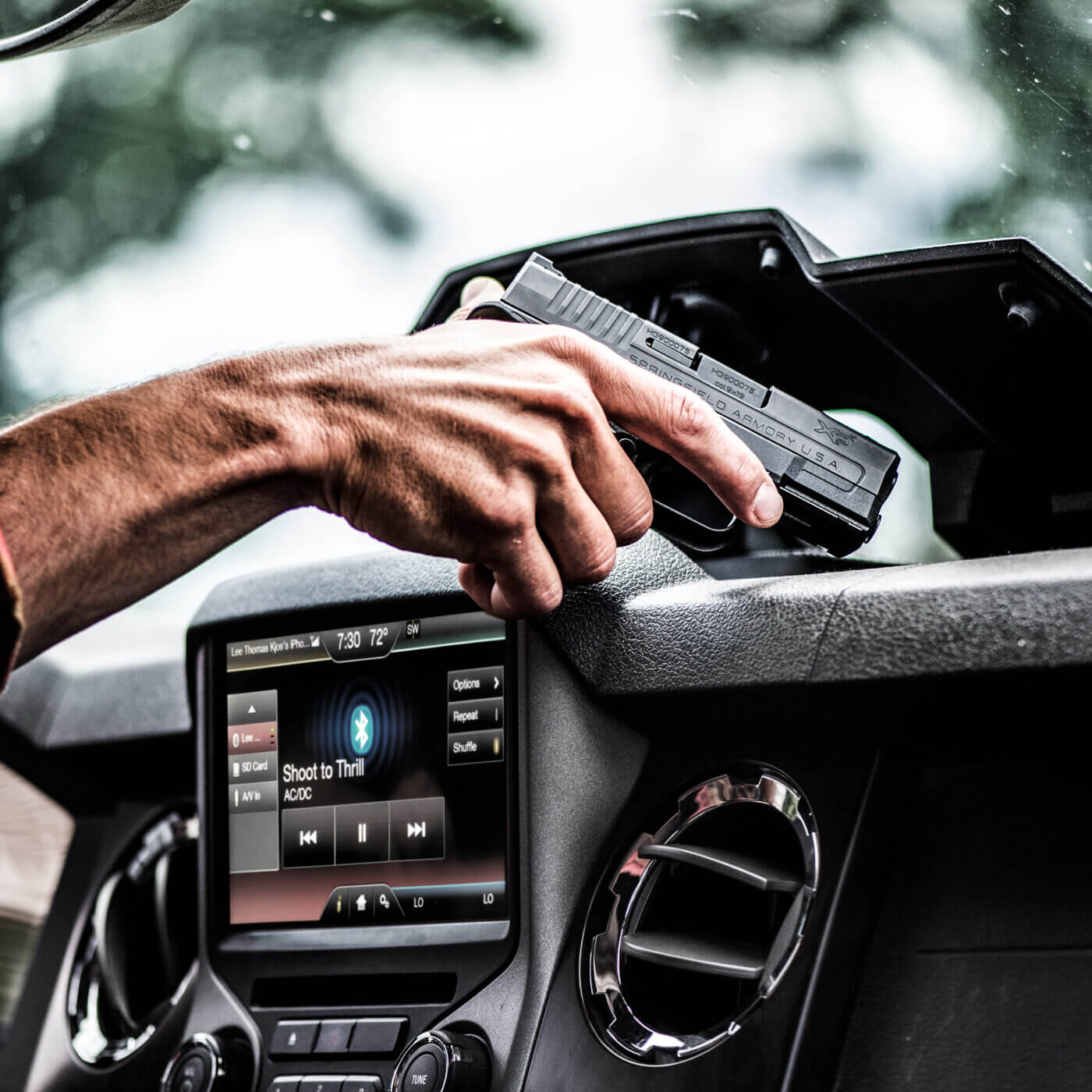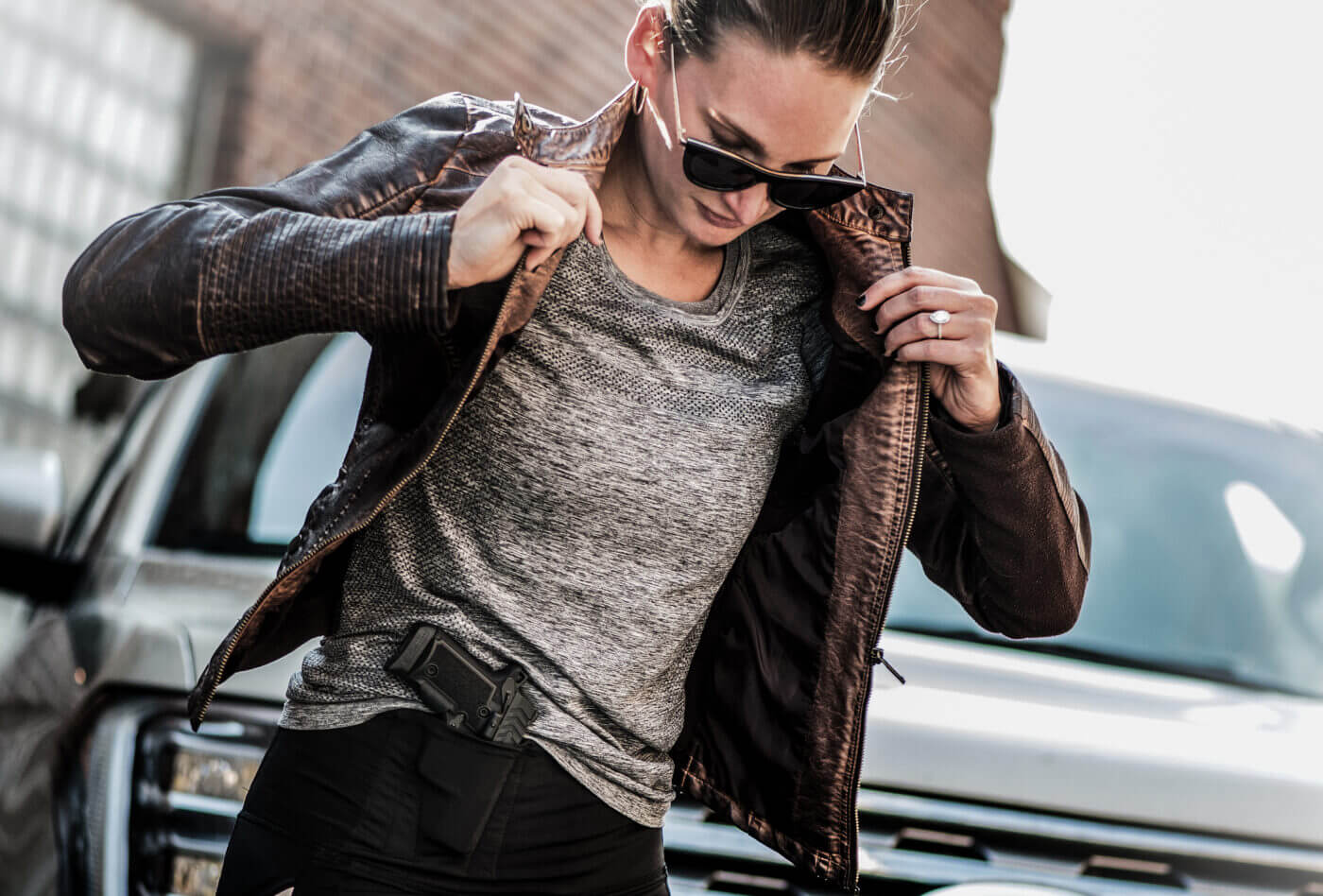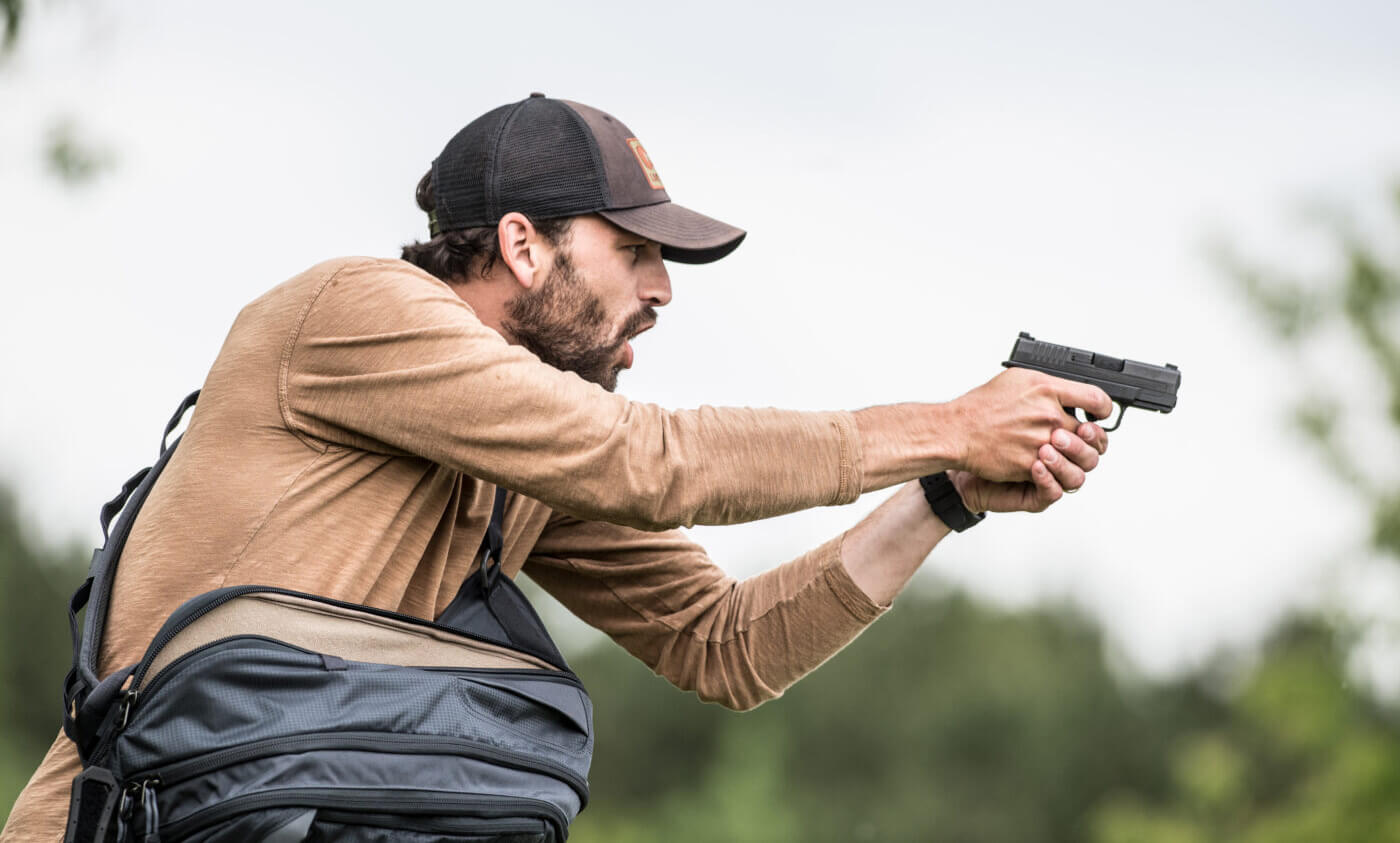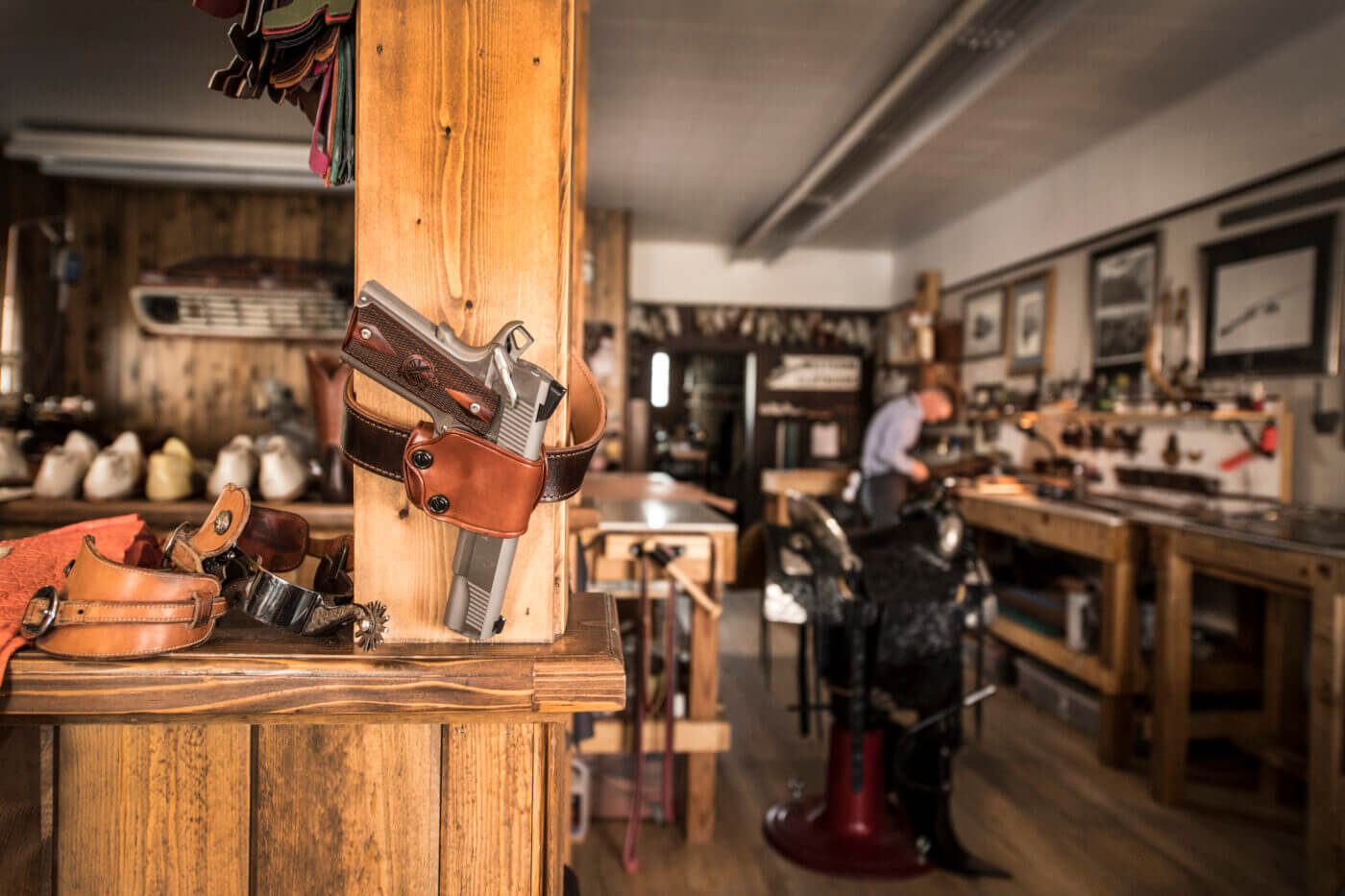Do You See the Threats?
May 5th, 2024
5 minute read
Your mind is your most powerful weapon. It doesn’t need a carry permit and is always carried concealed. What are the secrets of the professionals when it comes to recognition and rapid assessment of a developing threat? Even more effectively, how can you see it, hear it and smell it coming?
Our society is divided into two groups. The first are those who don’t care about, or are unaware of, the increasing likelihood that something bad can happen to them and are unprepared to handle it. The second are those who are aware and prepared if something bad happens.

Learning how to use your most powerful weapon places you in the latter group and prepares you by increasing your knowledge and decreasing your vulnerability.
The Best Weapon
Protection professionals will tell you that your mind is also your most effective weapon. Knowing what to look for, how to look for it, and what to do if you see it, is paramount. In most situations, you can remain proactive and take preventative measures against a potential threat.

A threat refers to any set of observable human behavioral activity which, if left unchecked, could potentially result in death or grave bodily injury to yourself and/ or those with you. Threatening behavior is observable in your immediate environment at the onset of such activity.
Threat Identification
The most immediate tool we have onboard for threat identification is our situational awareness. In plain speak, situational awareness is just another way to say “being aware of your surroundings.” Using situational awareness affords you the opportunity to stay ahead of the action-reaction power curve of an undesired event occurring around you and/ or from being taken by surprise.

Trained protection professionals employ situational awareness as a viable proactive measure. It is oftentimes utilized as a deterrent, to eliminate the element of surprise and to deter motivation. Your interaction with your immediate environment communicates to you what’s going on around you, providing you the opportunity to stay ahead of any emerging and potentially threatening activity. Situational awareness is what keeps you at the ready, connected to your environment and makes you a harder target.
Threat Indicators
If you are not aware of something, then that something is invisible to you.
What goes unseen can sometimes be the one thing that causes the biggest problem. Being able to identify a threat, i.e. using your situational awareness, is what affords you the most time and opportunity to control that threat and formulate an immediate response to your environment that could save lives. Once a threat has been identified, this information can then be used to determine your best course of action. How can you do this?

You can prevent potentially threatening behavior from developing into active threat behavior by initially identifying specific threat indicators. These observable actions are readily available pre-attack indicators that communicate to you that an undesired event may be developing around you. Some examples of threat indicators include body posture, eye contact, and an intercept course.
Body Posture
A person’s demeanor can telegraph their intentions. The trained professional can identify a potential threat indicator just by observing their body language.

The average person projects a tension-free or non-threatening demeanor, usually about an arm and a half’s length away from you generally “offering you their centerline.” However, if you find their feet in a bladed position — with one of their feet set back or braced and with the other in front — tactically speaking, this is a preparatory stance that provides an optimal physical advantage when engaging in aggressive or rapid movement.
Visual Contact
Unusual eye contact can a readily detectable indicator and earliest warning sign of a potential or emerging threat. The average person makes “normal” eye contact by looking at you but without any real intensity. Should that person consider harming you, then they might look at you intently or start sizing you up. Known as giving you the “hairy eyeball”, and in contrast to “normal” visual contact, this will look and be perceived as more aggressive.
Intercept Course
People, for the most part, have a specific purpose or direction when they move about. They keep to themselves, mind their own business and remain focused on say, grocery shopping, picking up their shirts at the cleaners or stopping for coffee. If you notice someone shift their focus from their activities to your activities and start watching you intently, you are well-advised to consider this to be a threat indicator.
If you happen to notice this and start walking faster and they, observing you, in turn, increase their speed to keep up with you, then this is yet another potential threat indicator as they may be planning an attack starting with intercepting your direction of movement.
Conclusion
Often, subtle threat indicators transfer information from your environment to your most powerful weapon via your situational awareness. They are considered red flags and should be treated as such to help keep you ahead of the action/reaction power curve.
Editor’s Note: Please be sure to check out The Armory Life Forum, where you can comment about our daily articles, as well as just talk guns and gear. Click the “Go To Forum Thread” link below to jump in and discuss this article and much more!
Join the Discussion
Continue Reading
Did you enjoy this article?

 341
341






